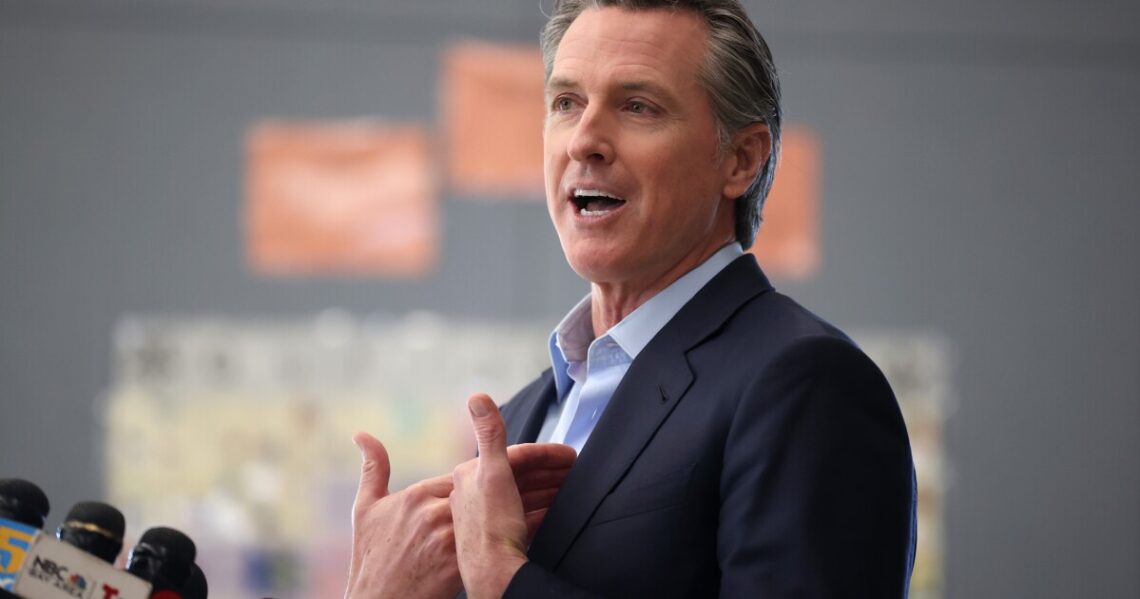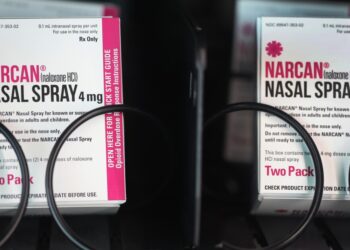When a doctor in Pasadena, California, reported in October that a hospital patient was exhibiting classic symptoms of dengue fever, such as vomiting, a rash, and bone and joint pain, local disease investigators snapped into action.
The mosquito-borne virus is common in places like Southeast Asia, East Africa, and Latin America, and when Americans contract the disease it is usually while traveling. But in this case, the patient hadn’t left California.
Epidemiologists and public health nurses visited 175 households to conduct blood draws and local pest control workers began fumigating the patient’s neighborhood. In the process, they discovered a second infected person who hadn’t traveled.
Both patients recovered, and in that neighborhood nearly 65% of the carrier mosquitoes, part of a genus called Aedes, were eradicated within seven days, said Matthew Feaster, an epidemiologist with the Pasadena Public Health Department.
The swift and intensive response was funded largely by a new bucket of money in the state budget for public health and preparedness across California, said Manuel Carmona, Pasadena’s deputy director of public health.
In the midst of the COVID-19 pandemic, and facing pleas from public health officials who said they didn’t have enough resources to track and contain the disease, California Gov. Gavin Newsom had agreed to allocate $300 million each year for the state’s chronically underfunded public health system.
Two years after the money started to flow, and facing a $45 billion deficit, the second-term Democratic governor proposes to slash the funding entirely.
“This is a huge step backwards,” said Kat DeBurgh, executive director of the Health Officers Association of California. “We can’t go back to where we were before the…
Read the full article here







